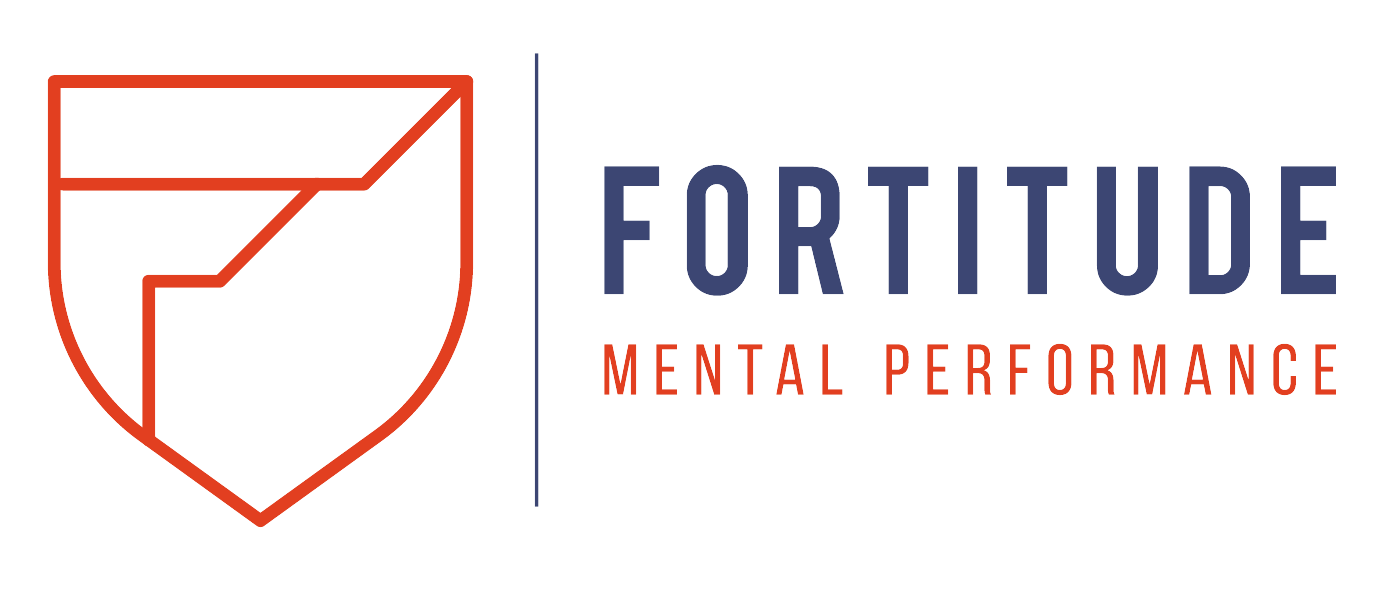Athletic Identity
The Power of Identity
WNBA All-Star Kelsey Plum had a historic college basketball career, becoming the NCAA’s all-time leading scorer in 2017. But despite all the awards and records, she was struggling.
“In college, people really noticed all the records and accolades… but I was really hurting in terms of my identity and trying to figure out who I was as a person,” Plum shared. “There was never a, ‘How am I doing?’” The focus was always on her performance, making it easy to believe that it her whole identity.
Her story highlights an important issue: how deeply athletes can tie their identity to their sport. Let’s explore why that matters and how we can help athletes build a healthier sense of self.
What is Athletic Identity?
Athletic identity refers to how much an athlete sees their sport as part of who they are. If you asked an athlete to make a pie chart of their identity, how much of it would be “athlete”?
Having a strong athletic identity can be beneficial. Research shows it can lead to higher commitment, self-esteem, and motivation to improve. But problems arise when it becomes the only thing that defines them.
The Downsides of Over-Identifying
When athletes over-identify with their sport, their well-being can suffer. If an athlete’s self-worth is on the line for each performance, they are likely to experience anxiety around every performance. This can be counterproductive to performance and impact how athletes are able to enjoy their sport.
Research backs this up. Over-identifying with an athletic role has been linked to:
Increased anxiety and stress
Physical and emotional burnout
Social isolation
Harmful behaviors like overtraining, disordered eating, or substance use
Helping Athletes Develop a Balanced Identity
Here’s how we can help athletes avoid tying their entire identity to performance:
1. Educate:
There’s a myth that being obsessed with your sport is the only way to succeed. In reality, balance leads to better performance. Of course, while you're training, give it your full effort and attention, but you can’t train all day every day. It’s okay to have other interests and passions while you're not training.
2. Encourage:
Athletes need permission to explore interests beyond their sport. Support them in developing hobbies, friendships, and passions outside of competition. Dr. Riley Nickols compares identity to a bunch of balloons holding us up—if performance is the only balloon, one bad game can cause a hard fall.
3. Model:
Coaches and parents also need to separate their identity from performance. If adults in the athlete’s life show that their worth or well-being isn’t tied to wins and losses, athletes will feel more comfortable doing the same.
By helping athletes see themselves as more than just performers, we support both their well-being and their long-term success.
